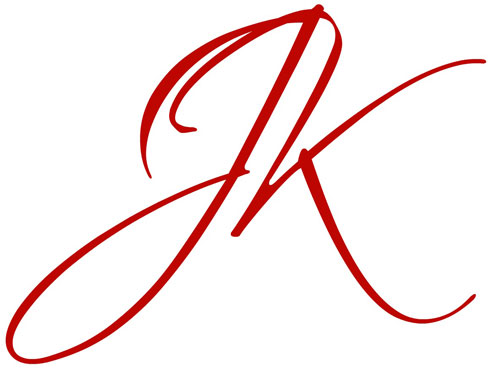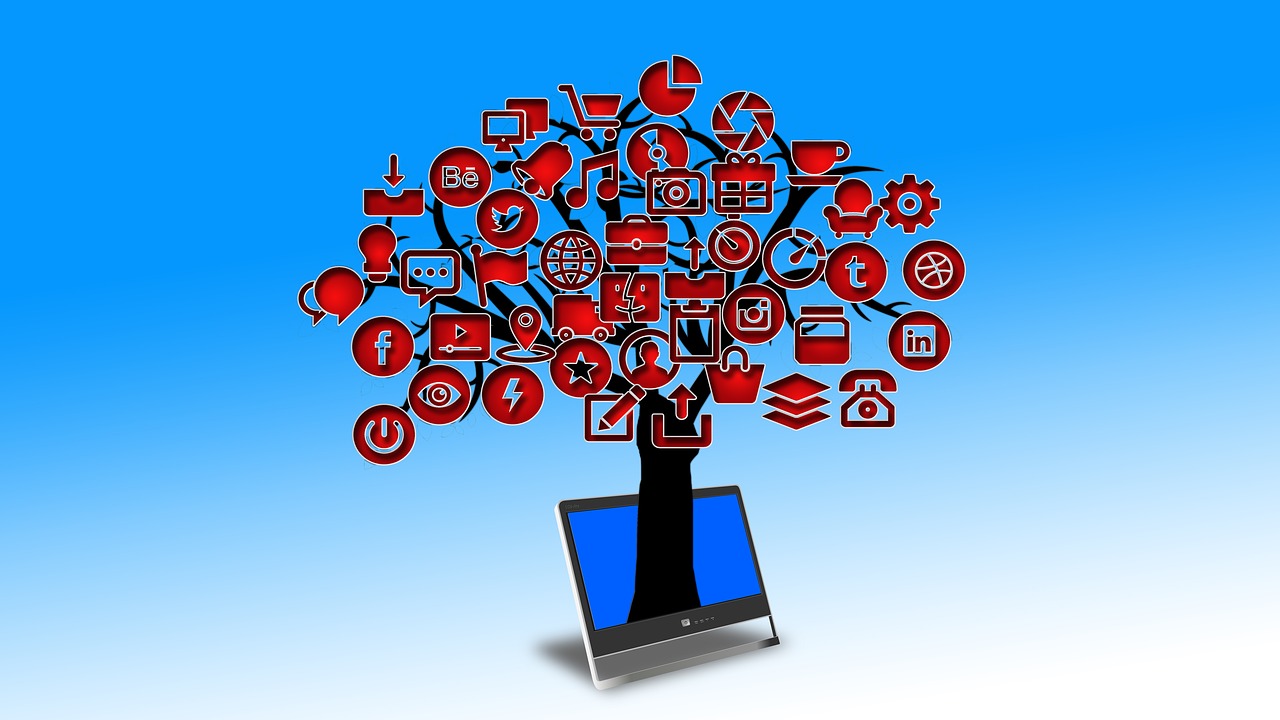
by Kimberly | Jan 8, 2017 | Blog, small business, Social Media, social media marketing, Social Media Virtual Assistant
As a small business owner or entrepreneur, you probably know that it’s a good idea to get started using social media but may be wondering where and how to get started. In this article, I’ll be going four steps that will help you establish your business with a social media presence and get a good, solid start reaching your target market, creating a community and engaging with your customers. It’s important to plan out how you want to approach social media to ensure that your efforts are efficient and effective. STEP 1: Goals, Branding and Target Audience Your business has goals and your social plan should too. It’s also a good idea to identify your branding objectives to help guide you in creating your social media plan. Tie your branding objectives to your business goals. If your goal is to gain more customers, then one of your social media goals would be to increase your visibility (let people know you exist). Another goal would be to use social media to engage with your customers to give them a sense of who you are, what you do and what your business offers. Your social media presence will be a reflection of your business so it’s important to think about the tone you want to use for your social media posts, the images you use and the ad campaigns that you run. These will be the parts of your social media presence that will leave an impression with your audience so you want to have some planning and strategy behind. Your social media channels should also work together with your other...
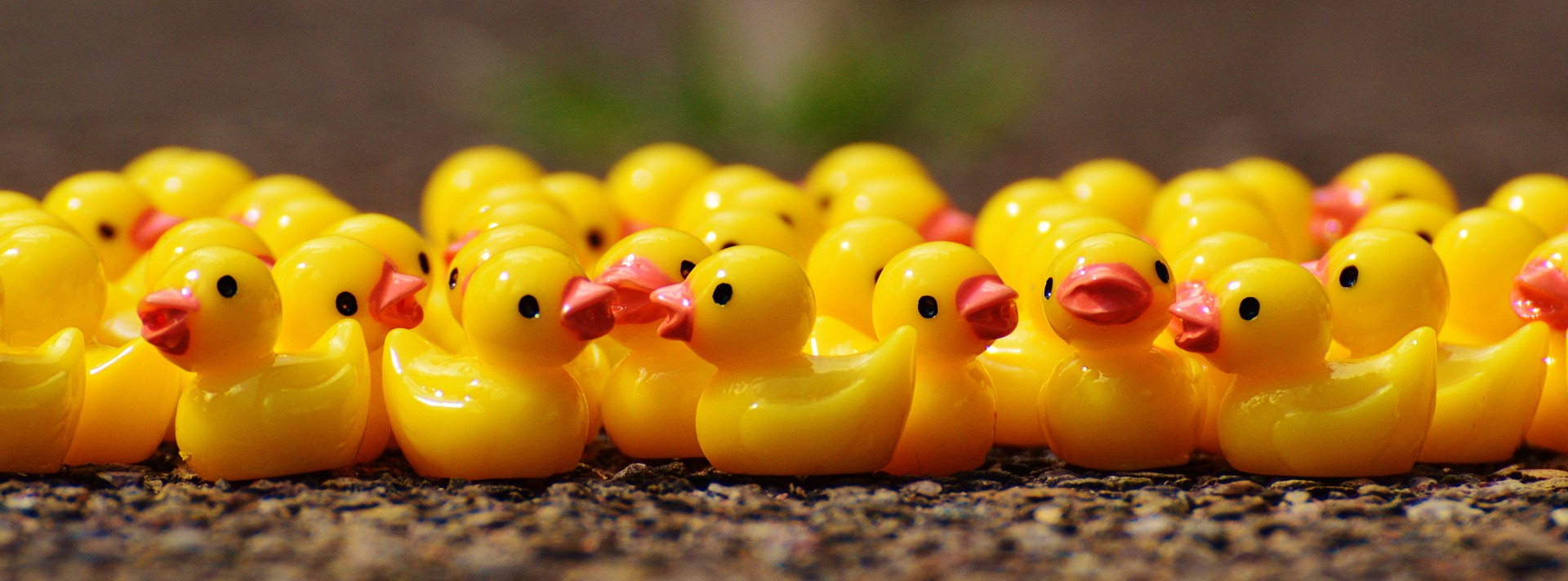
by Kimberly | Jan 1, 2017 | Blog, Facebook
With the decline of organic reach and visibility of Facebook page posts, many businesses and brands are seeking other ways to reach their target audience, to engage with their customers and to create interactive communities with the loyal fans who love them. It’s time to go beyond the Facebook page! In this article, we’ll take a look a three creative ways you can create an engaged community on Facebook that will help you reach more of your target audience. 1. Facebook Groups Facebook groups have been quietly growing over the past few years and have several advantages over a Facebook page. Facebook groups are usually focused on a specific interest or goal but they are also used by brands to give customers or clients “special access” to information, content and feedback that isn’t readily available on their public page. What’s appealing about a Facebook group is the level of control over who can access the content or see what’s being shared within the group. Groups can be both private and public (also known as Open or Closed.) For brands or businesses, the best way to use groups as a marketing tool is to create a group of your own rather than joining other groups. Unfortunately, you cannot create a group as a brand or business. You can only create a group using your personal Facebook profile. For some businesses and brands, this can be problematic if they prefer to keep their business personality separate from their personal. There are some key differences between Facebook Groups and Facebook Pages. Facebook Groups are not set up for promotional purposes like Pages....
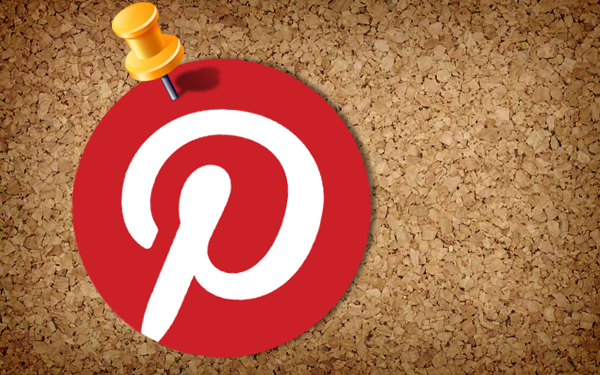
by Kimberly | Jan 16, 2015 | Blog, Pinterest, Social Media
As of Jaunary 1, 2015, Pinterest opened up promoted pins to all advertisers. After several months of beta testing, they found that promoted pins performed just as well, and sometimes better, as organic pins. They also found that, so far, pinners don’t seem to mind seeing promoted pins in their pinstream. The Details Promoted pins are considered an ad on Pinterest and you’re able to set up different ad campaigns. For each campaign, you can select target audiences based on location (currently only in the U.S), interests, demographics and devices. Pinterest promoted pins work on a CPC basis (cost per click) with a minimum bid of $0.05. This means that you pay only when someone clicks through a pin to your website. Pinterest has a few guidelines when it comes to promoted pins. Primarily, that you want to be authentic. You want your pin to blend in and be of interest to your audience. This means that it should NOT look like a traditional ad. Stay away from calls-to-action, pricing or blatant promotional content in your pin. Be sure to include dates with your pin if it is for a giveaway or other promotion. And, be sure to use an engaging image. Add in useful terms for your pin and double check the link where users will go when the click on the pin. Promoted pins should includes images that make people want to click or re-pin. Your promoted pins need to lead to a relevant landing page with no sign-up request. Pinterest also has some more specific advertising rules that you’ll want to read over as well. Currently,...
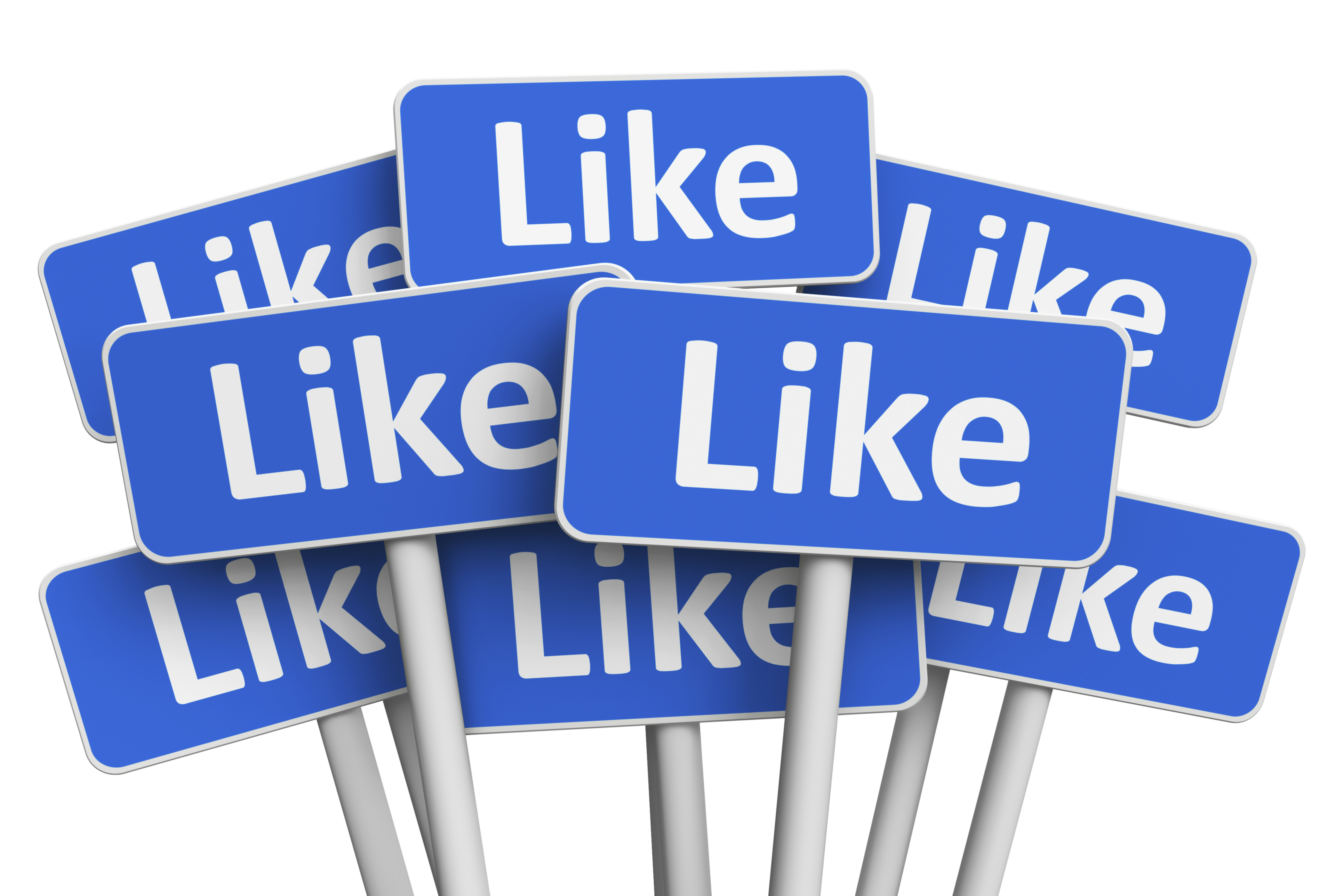
by Kimberly | May 2, 2014 | Blog, Facebook Ads, Marketing
There has been quite a bit of chatter online lately about the decline in reach for page posts on Facebook. Some people are pretty upset that Facebook is reducing the reach and visibility of the posts from their Facebook page and many declare it’s just an effort to force businesses to use Facebook ads. And, there may be some truth to that. But, there are other considerations as well such as: Reach is not down for everyone. Engaging content and an active page community can still contribute to a sizeable reach for posts. There is more competition for space in the newsfeed than ever before. It just isn’t feasible to believe that a user is going to be on Facebook for such a period of time each day to be able to see every single post from every page they like. (The average user likes approximately 150 different pages.) Facebook page posts have a limited lifetime reach. Facebook did not trick you into buying ads for fans and then left you lurch. Here are a few other articles on this topic if you want to read more about it: Facebook Reportedly Slashing Organic Reach for Pages Is social net trying to force bigger ad spends? Why Is Facebook Page Reach Decreasing? More Competition And Limited Attention Now that we have that out of the way, let’s get down to whether or not Facebooks ads can be helpful to your marketing efforts. Yes and no. Facebook ads, much like any other ads platform, are only going to be helpful or effective if you have a good idea of what you...
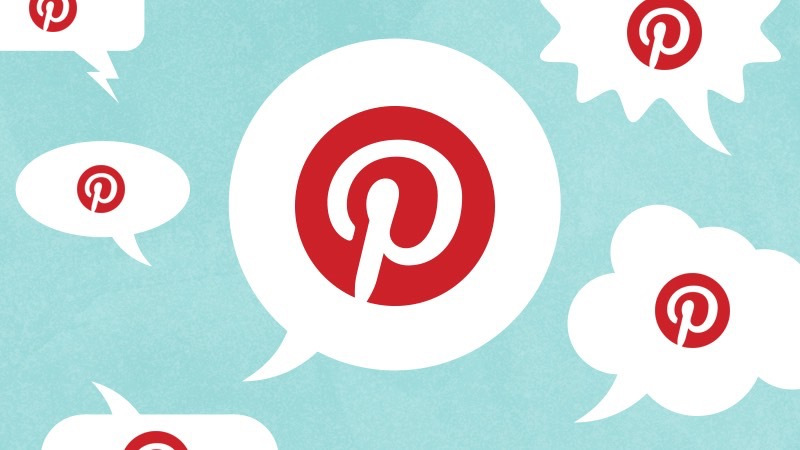
by Roz | Feb 6, 2014 | Blog, Marketing, Pinterest, small business
Pinterest now has 70 million users, are you one of them? If not, here’s why you should; the Pinterest Pin it button is on more retailer’s sites that than the Facebook Like button. Pinterest is definitely here to stay and a force to be reckoned with and utilized to sell your product, your service, etc. If you think about it, Pinterest IS best for product based businesses. Users look up a product, like a kitchen table, tons of pins come up, they find one they like, the posts might even include a price on it and by clicking on the image it takes them right to the business webpage where they can order it. In fact, pins with price tags included get 36% more likes than those that don’t. More and more users are signing up daily on Pinterest. The average user is female and on average spends about an hour on the website. Let’s get going with some basic tips. 1. Set up a business account. Join as a business if you plan to use it to sell products. If you already have an account that you’ve been using for your business but isn’t defined as a business on Pinterest, you can convert it as well. 2. Determine if your website is pinnable. Do you have any pictures/images to pin? If not, get some. 3. Get the Pinterest Pin-it button on your website, or the a Follow button or Board Widget. One benefit of getting a Board Widget on your website is you can entice people to follow your boards from your website. 4. Get to know your audience. Who are you pinning...

by Kimberly | May 4, 2013 | Blog, small business, Social Media
Small business growth has grown exponentially in recent years. So has the use of social media. Not surprisingly, the two of these have found they are good match. Social media helps small businesses have a voice and engage directly with their customers. While many small business owners want to use social media more for reaching their target market, there is still quite a bit of reluctance for them to take the leap. (Hint: That’s something I can help with!) But, you can do it! And here are my tips to help any small business get started using social media. Don’t worry about being perfect. So many small business owners are reluctant or even just flat out afraid to start using social media because they are afraid they’ll make a mistake. They feel like they won’t do it right. And you know what? That will probably happen. So what. Make a mistake, learn from it and move on. You’ve probably run across an article or two or ten from the “social media expert” who’s blasted some business or brand for making a social media mistake and they’ve skewered them as being so obviously unaware of what they are doing. Get of the Internet, they yell. Of course, there are brands and business out there that have made mistakes. But they also usually have PR or Marketing Agencies that were getting paid the big bucks to protect the brand, be the voice and NOT make these mistakes. That’s not you. As a small business owner, you know your business best and you (hopefully) know your market the best. Take the jump...
by Kimberly | Apr 2, 2013 | Blog, Pinterest, Social Media
Whether you’re new to Pinterest or an old pro, recent changes in their design and features might be just a bit a confusing. In fact, in reading this article on Mashable about the recent changes, there were numerous comments about changes mentioned in the article that, in fact had not happened. Currently, if you have an account, then you are being given the option to switch to the new design right away or you can wait until it’s automatically rolled out to your account. If you switch though, then keep in mind you will not be able to switch back to the old design. What’s Changed Here are a few of the more noticeable changes that are part of the redesign: Pins are bigger, with less space between the pins. When scrolling through pins and you click on a pin to enlarge and view it, you do not lose your place in your browsing. When you click the back button, you land right back where you were. (This change was based on user feedback.) You are not able to comment on pins from the main pin page. To add a comment to a pin, you’ll have to click on the pin and view it in Close-Up view. When you post a new pin, you can no longer send it right to Twitter. You can still share pins to Twitter, but it’s a separate and much less convenient step. Same goes for Facebook. You can no longer share a pin at the time you pin it to your Facebook profile. You can share it separately using the new “Share” button....
by Roz | Mar 30, 2013 | Blog, How to
al·ter·na·tive – /ôlˈtərnətiv/ Adjective (of one or more things) Available as another possibility. As you may have heard Google is getting rid of it’s much loved, very convenient Reader. This move comes as Google tries to consolidate its services. Google Reader will shut it’s doors on July 1, 2013. Perhaps the petition to keep Google Reader alive will work …but in case it doesn’t, please read on. Everyone is writing about Google Reader Alternatives. I typed in Google Reader and it was the first option that came up. In this post I will give a snapshot of a few alternatives that I’ve chosen: Old Reader, Feedly, Newsblur, Netvibes, and Pulse. In addition to looking at the overall usability of these tools, one of my primary objectives is to see how easy it is to share content from these tools to social networks. So, getting familiar with these alternatives now could be key if you want to avoid a disruption of your daily feed reading. And…if you read your RSS feeds in more than one place (that is, if you want to read them at home, at work, or on different devices), you’ll want to try a web-based or cloud RSS reader, like the ones listed below and similar to what Google Reader is now. Old Reader The Old Reader is a great alternative. Its design is based on Google Reader’s prior design, so it’s a good option to check out if you’re looking for something familiar. Word of caution: there might be a wait time to import your file from Google Takeout into this service when you sign up....
by Roz | Mar 22, 2013 | Blog, How to, Online Resources
“Hearing that Google Reader is shutting down is like hearing that your favorite old bookstore is closing,” writes The New Yorker’s Joshua Rothman. Google is spring cleaning, first on the list is Google Reader which will officially shutter on July 1, 2013. Do you use Google Reader? I do. I am seriously bummed with it’s death. However due to declining usage, Google is putting down the Reader so we’ll need to come to terms with this. Why Use a Reader? In a nutshell, a RSS reader is a tool, a tool for getting information from other people so you don’t have to keep going to their website to get updates. You subscribe and updates are sent to your Feed Reader automatically, allowing you to read it whenever you want all in one place. Google Reader is such a tool, an aggregator or in other words a feed reader, news reader, or RSS reader and if you like all your news in one spot from headlines to your favorite blogs then using an aggregator is a great tool. Many use it to aggregate news and analysis and have used it for years. The good news is that you have until July 1st before it’s officially GONE. Before jumping onto the next reader train, let’s take your feeds from Google Reader and export them into an XML file. By doing this you will then be able to import your feeds into your new RSS reader of choice. It’s easy peasy! How to Export Your RSS Feeds From Google Reader: 1. Login to Google Reader (if you’re not already signed in to...
by Kimberly | Aug 31, 2012 | Blog, Pinterest, Social Media
Pinterest has experienced phenomenal growth this year. With a mostly predominantly female user base much has been said about how if you market to women, and especially to moms, then you had better be on Pinterest. It is estimated that between 60 and 97% of the user base for Pinterest is female. Previously only available by invite, Pinterest has recently opened the network up to everyone. Just a few of the signs that Pinterest is HOT: Pinterest is now the 3rd most popular social networking site behind Facebook and Twitter. (Experian) Users who logged into Pinterest daily has increase 145% since the beginning of 2012 (Mashable) Pinterest generates more referral traffic than YouTube, Google+ and LinkedIn combined. (Mashable) Despite being primarily an invite only network, Pinterest has grown to have almost 15 million users. (Econsultancy) What exactly is Pinterest? Pinterest is a virtual pinboard where users create topic specific or general pinboards to group and share images or videos. Images and videos can be shared from other websites or uploaded from your computer. You can view and follow other users’ boards or follow the user and all of their boards. You can also add other users to a board and give them the ability to contribute to special boards as a way to increase your reach and visibility. Images that are pinned from a website will be linked back to the original post or place they were pinned from. This makes Pinterest especially appealing for e-commerce sites or for any sites that sell things online. Home decoration, fashion, food and wedding planning seem to be particularly popular boards. Data also...







